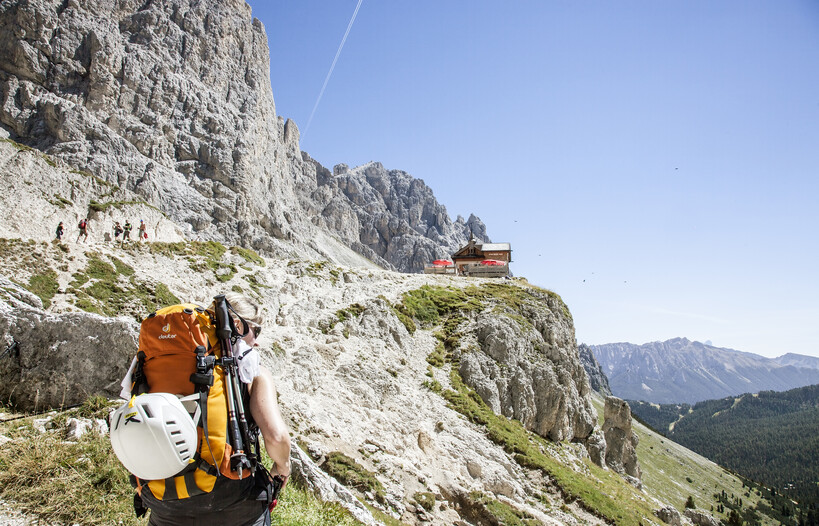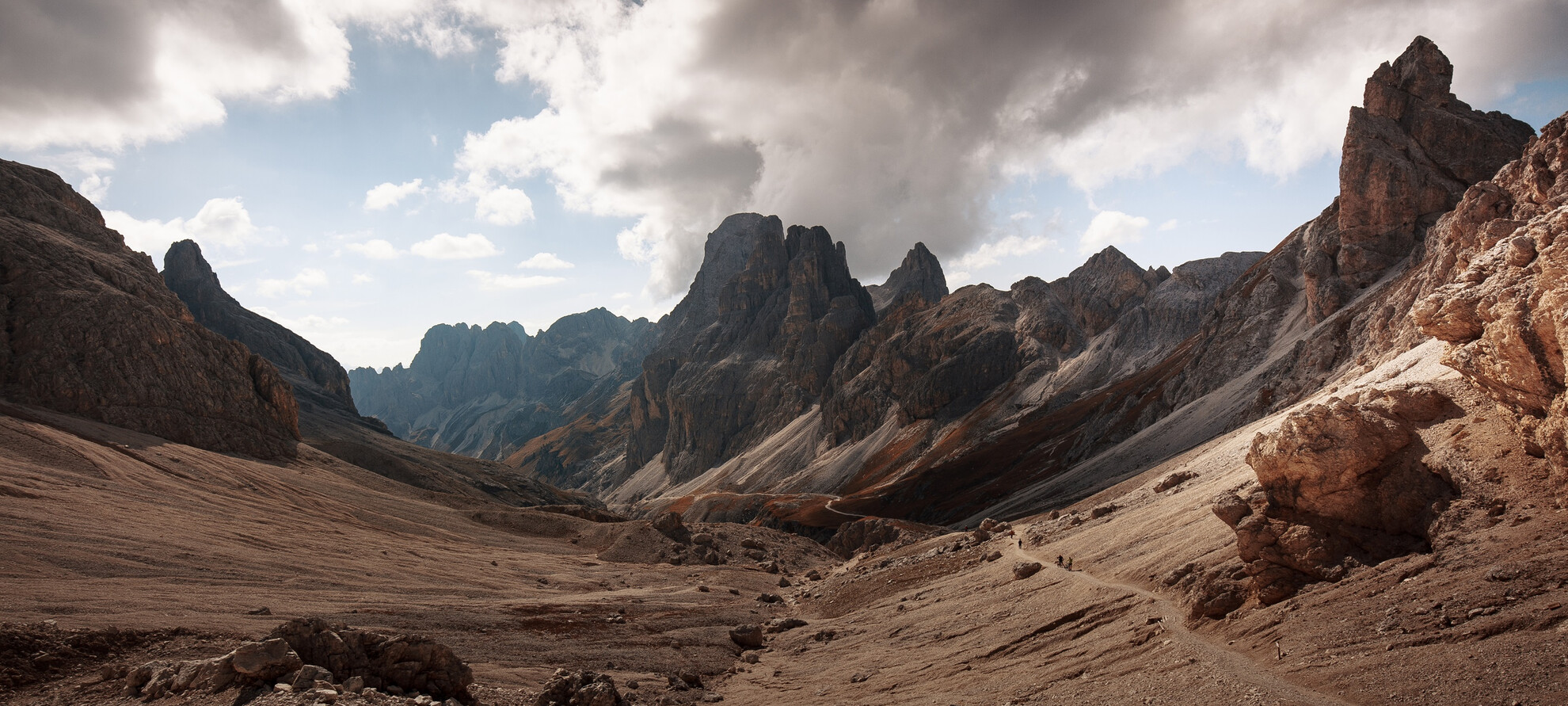The Catinaccio: mountaineering history
The pioneers of ascents in the Dolomiti and the legendary figure of Tita Piaz
The pioneers of climbing in the Dolomiti are often English-born mountaineers, but equally crucial to the success of these climbs is the role assumed by local guides, people at home in the alpine environment. In the early decades of the 20th century, Giovanni Battista, “Tita” Piaz, a figure who has remained legendary among the mountain guides of the Val di Fassa, not only for his mountaineering exploits, but also for the great personality that characterises him, stands out among them.
It’s the 150th anniversary of the first ascent of the Catinaccio! It was 31 August 1874, when the Catinaccio was conquered with the first ascent!
The first to ascend the Cima Catinaccio were two Englishmen: Charles Comyns Tucker and T. H. Carson, with the help of the guide François Devouassoud, from Chamonix. The ascent is part of several famous first ascents on the peaks of the Eastern Dolomiti, which took place in those years. This was after the ascent by the same two English climbers, together with the Fassa guide Luigi Bernard, of the Catinaccio d’Antermoia in 1872.
In 1875, Tucker also climbed Sass Maor, in the Pale di San Martino Group, together with H.A. Beachcroft, F. Devouassoud and the local guide Della Santa. He also was the first to climb, together with D.W. Freshfield, the highest peak of the Pale di San Martino group, Cima Vezzana, 3,192 metres above sea level, in 1878.
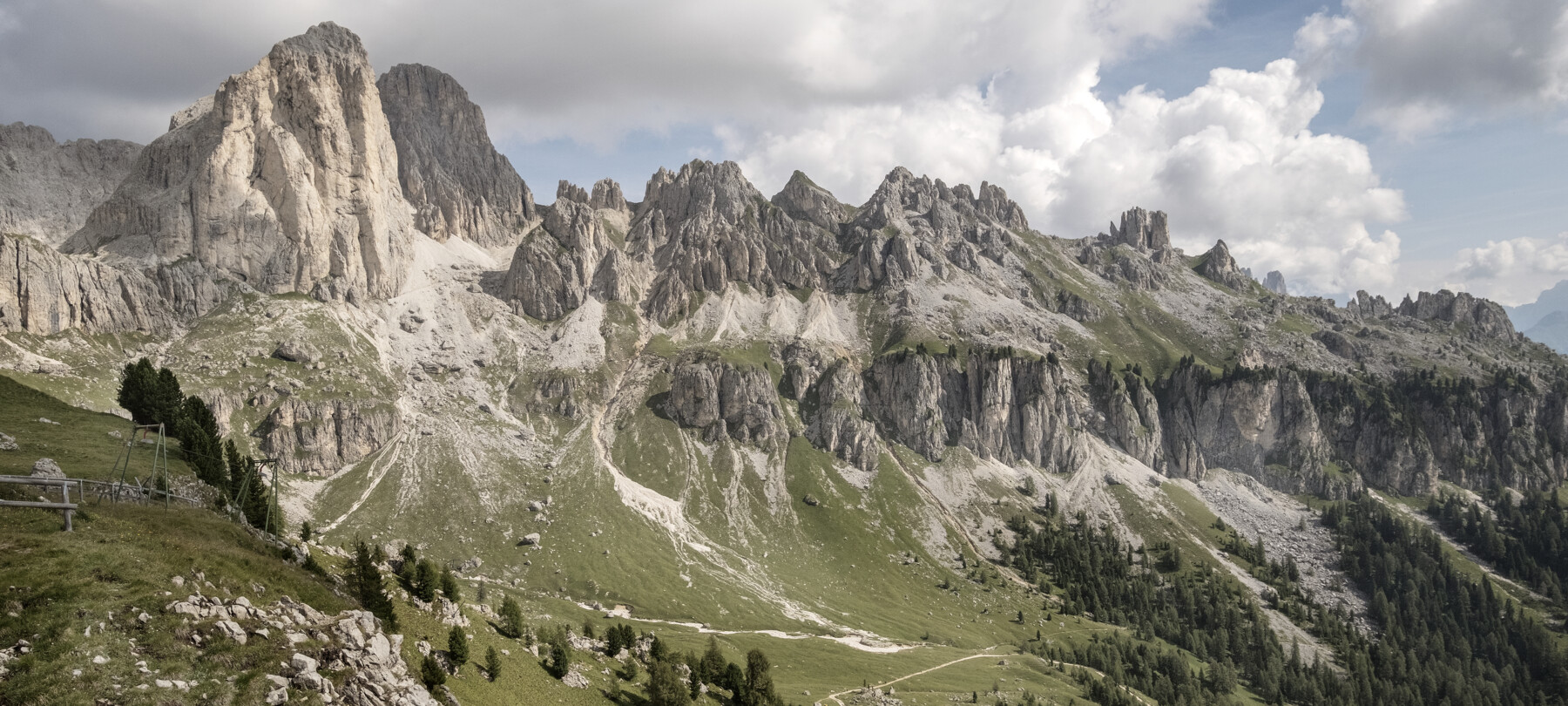
The Devil of the Dolomiti
Tita Piaz is in fact “the Devil of the Dolomiti”: a rebel student at first, pro-Redentist, non-conformist and later, anti-fascist, he led a truly adventurous life, including mountain climbing, entrepreneurship in tourism (building several mountain huts and two hotels), brief moments of imprisonment, political commitment and the vicissitudes of the two World Wars. A man of the mountains but also a mayor, a lover of philodramatic theatre, a friend of men of letters and royalty, such as King Albert I of Belgium, Tita Piaz was above all an innovator and a free man. Therefore, among the mountain huts on the Catinaccio, we have chosen to talk about the mountain hut Tita Piaz built and dedicated to his friend Paul Preuss.
Vintage photos from the book "Il Diavolo Generoso", by Alfredo Paluselli, 2018 - Dolomiti editions
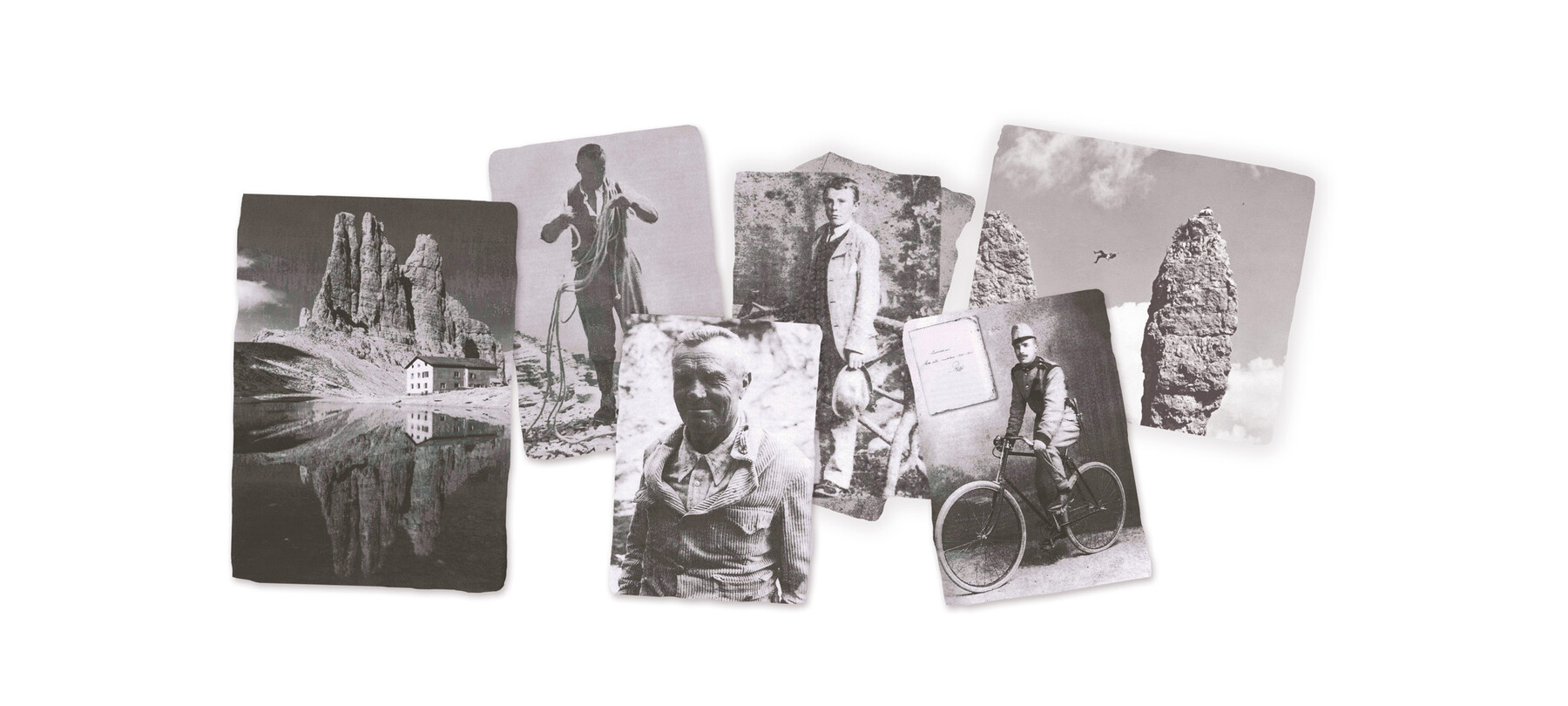
The origins of the Paul Preuss mountain hut
In the early 20th century, the Catinaccio was, to all intents and purposes, the realm of Tita Piaz and his family. At first in the Vajolet Mountain Hut, of which his wife Marietta Rizzi was director. Following the sudden death of Marietta, Tita, who was forced to leave the mountain hut, couldn’t accept leaving behind his beloved Porte Negre and bought a piece of land a few dozen metres from the Vajolet Mountain Hut itself, building a small hut there.
This is the origin of the Paul Preuss Mountain Hut: a support structure for climbing and for Tita’s work as a mountain guide. The sad event of the demise of his friend and fellow mountaineer Paul Preuss, who fell to his death while climbing in Austria in 1913, led Piaz to dedicate the mountain hut to him, the expansion of which was interrupted by the First World War and finished in 1925.
Yet another gesture demonstrating the generous spirit of the Devil of the Dolomiti. In fact, relations with Preuss had not always been smooth: famous was the controversy between the latter and Tita over the use of artificial means in the mountains. Preuss, in fact, was a purist and a devotee of free climbing, while Piaz embraced an intermediate philosophy, using, for example, rock pitons for progression and adopting the rappelling technique for the descent. Despite these differences, there was deep respect and sincere mutual admiration between the two, and so, to this day, the elegant little mountain hut that stands on that rocky spur in the Catinaccio bears his name.
“... I called to arms all the human values of the climber: strength, elasticity, youth, self-respect, ambition...” [Tita Piaz]
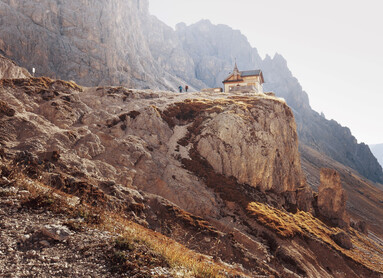
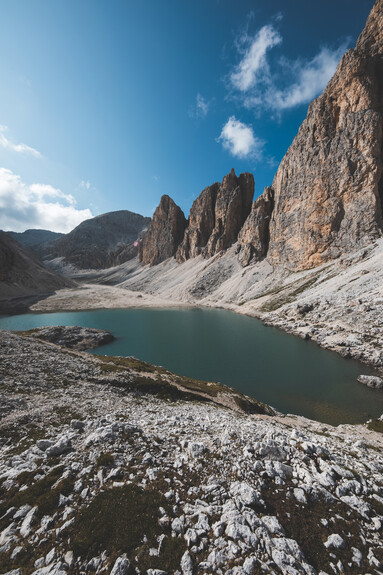
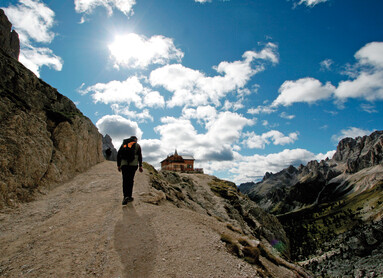
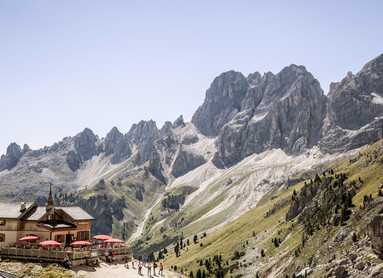
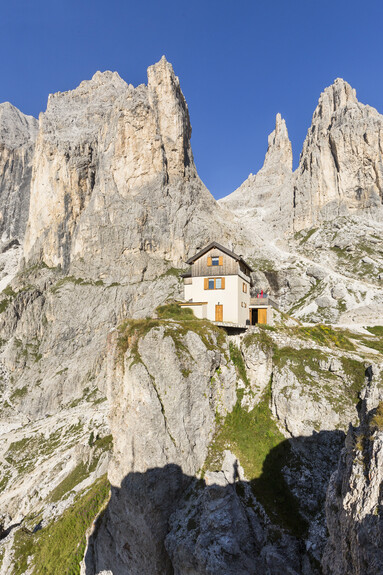
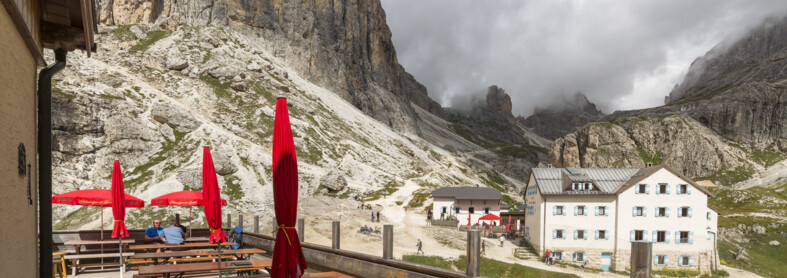
The mountain hut in our time
The Paul Preuss Mountain Hut is still run by the Piaz family, and within its walls all the epicness of its history has been carefully preserved.
You can get there with an easy day trip, starting directly from the Mountain Hut Gardeccia or from Pian Pecei (which can be reached by shuttle bus or lift from Pera di Fassa, respectively).
If you have some time to spare, the itinerary we suggest allows you to spend the night up there, in the heart of the Catinaccio, at the foot of the Torri del Vajolet at an altitude of 2,243 metres. Wake up at dawn to admire the alpenglow and then continue with the hike to the Catinaccio mountain huts: Vajolet, Passo Principe and Antermoia.
You will thus discover many other stories, which are tales of mountain life, of families, of hard work, of heroic deeds and of profound and sincere love for these places.
Mountaineering has been an Intangible Cultural Heritage of Humanity by UNESCO since 2019. A recognition that highlights the social and cultural aspects of mountaineering practice, as well as the international spirit that has always distinguished it.
[Special thanks to Riccardo Decarli, Biblioteca della Montagna-SAT, for his valuable collaboration and the information provided during the writing of this article.]
